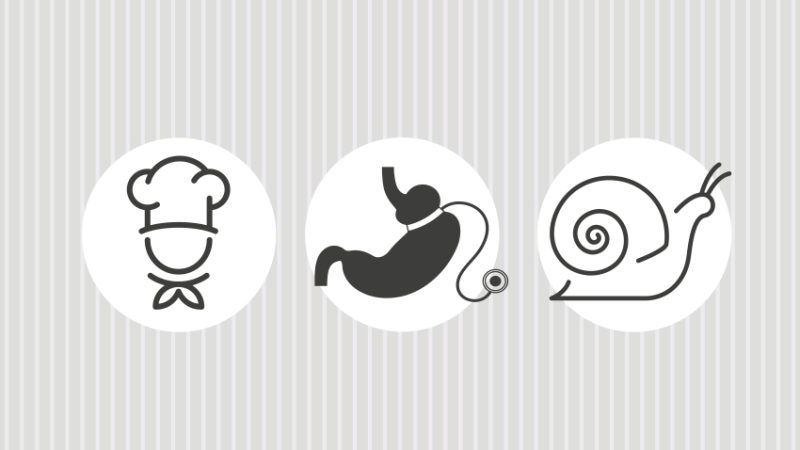Remake, Remodel – Use The New School Year To Trial Some New Teaching Approaches

A new school year is the perfect time to introduce new teaching strategies, says Alex Quigley – so long as you take a scientific approach…

Even before the sand from our summer beach excursions can be vacuumed from the car boot, our thoughts turn all too quickly back to school.
On results day, a year of our efforts, and those of our students, is encapsulated in the opening of an envelope. Tears and laughter fill exam halls across the country. Speedily, even as the echoes fade, we begin to ready ourselves for another year at the front of the classroom.
Every year we aim to be better. We prepare our classroom, stock up the drawers and ready the board pens. We populate our seating plans and consider the challenge ahead. Lesson plans and schemes of learning are designed artfully to suit our every student. These best-laid plans are aligned with our best efforts, and we charge confidently forward to meet the new term.
Of course, we don’t need a Scottish poet to tell us that our plans too often go awry. We know our seating plan will change and our drawer stock will rapidly diminish. Soberly, we recognise that what we will trial often results in error. Too many teachers, when the white heat of the new term burns anew, end up making the same old mistakes and hitting the same old hurdles.
Without enough time, and too often little support, teachers easily plateau and the confidence we harboured for the new school year is dashed.
Try, try again
So what are we to do? Do we meekly accept our failings and simply recycle our schemes of learning and our lesson plans and hope for better? No, of course we don’t. We channel our efforts intelligently into some ‘deliberate practice’ before the term starts proper. We pick up some great reading about teaching – no matter how experienced we are – and we commit to trialing and devising some new approaches.
Our typical habit for testing out new teaching strategies is to give them a couple of attempts and then drop them because they fail, or simply let them fade away. We need to be more deliberate about our practice – treating the introduction of new strategies in the same way that a company might create a working prototype. A successful business doesn’t simply devise a product and then try to sell it; many versions of it will be created before the organisation even considers taking it to market.
What we need to do as teachers then, is take a particular strategy and subtly alter its use in different ways for different groups. We should then reflect upon each attempt and each ‘version’ of the strategy. If we do this over the course of a term, then we are in with a chance of developing our teaching repertoire for the better.
To make this possible, it would perhaps be wise to isolate only one or two ideas at a time. These valuable few, if proven effective, may then be more likely to stick as a habit. You may want to seek out your own, or take a couple from the following selection, all of which have enhanced my own teaching repertoire:
Pre-test testing Research has shown that when students take a test on the material they are about to learn, even before they have learnt anything about the topic, they ultimately perform better in end of topic assessments. They may only be able to answer a paltry amount, but their brain is likely being primed to focus on what they need to learn in future.
We should be wary of damaging their confidence, but we can leverage this strategy for each new topic we teach.
Topic wall display The new school year brings the promise of pristine, blank wall display space. Too easily, such space can prove little more than colourful wallpaper. We can better utilise it by making it a working space for each and every lesson.
Place the new topic at the centre of the display – add to it each lesson, and use the additions as a plenary idea to judge how much the students know. Key words, useful analogies and images can all be added daily, and with real creativity.
‘Picture success’ Students too easily misinterpret success criteria and get lost when faced with abstract assessment descriptors. Avoid such learning losses by making success easily visible. In each lesson, get into the habit of taking pictures of ongoing work at each stage toward successful completion (I simply use my phone and email myself the images instantly).
This easy modelling allows students to have a concrete understanding of what is expected and better grasp how they can monitor and improve their learning as they go.
Object analogies This simple little strategy is a good summative test of understanding. Once students have studied a topic or a concept, ask them to devise an analogy for that concept – ‘If [topic/concept] were an object, it would be….’.
It is cheap and easy, but will probe their degree of understanding. If you grasp a concept, you can make working analogies. Given a choice of analogies, you have the material to make learning stick in the memory.
Whatever strategies you employ, may your year ahead be filled with success and end with envelopes that inspire laughter, hopes and dreams.
For more information, visit www.theconfidentteacher.com or follow @HuntingEnglish
 Alex Quigley is an English teacher and director of learning and research and Huntington School. His latest book, The Confident Teacher, is available now, published by Routledge.
Alex Quigley is an English teacher and director of learning and research and Huntington School. His latest book, The Confident Teacher, is available now, published by Routledge.
For more information, visit www.theconfidentteacher.com or follow @HuntingEnglish











